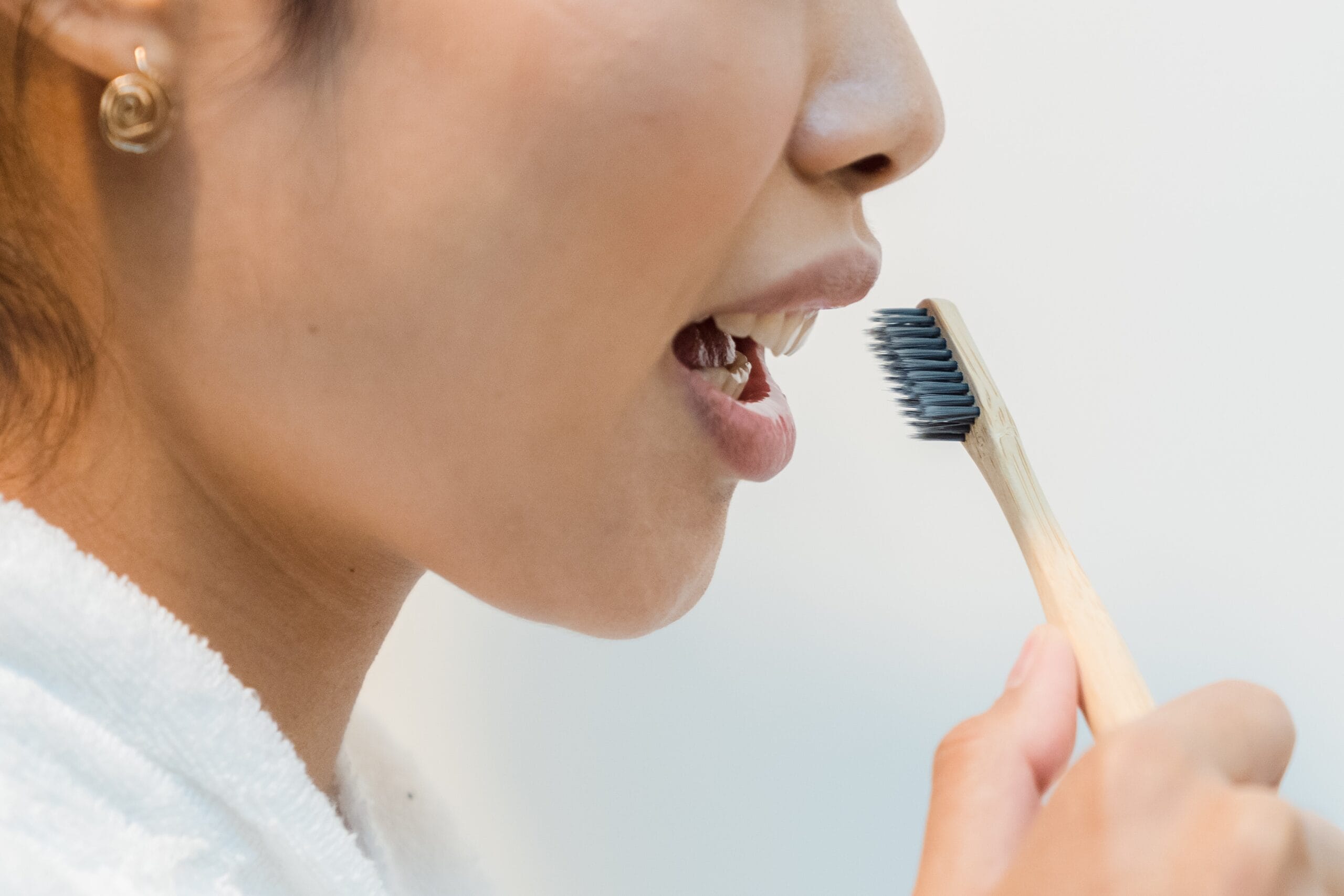The Science of Smiles: 13 Ways Psychology Shapes Our Grins
19 July 2023

Science of Smiles
“Put on a smile!” We’ve all heard this phrase, but have you ever wondered why smiling is such a ubiquitous part of human behaviour? As it turns out, there’s a fascinating interplay of psychological factors (the science of smiles) that influence why we smile, when we smile, and what those smiles communicate. From feelings of happiness to social norms and even the impact of our surroundings, let’s delve into the intriguing world of the psychology of smiles.
1. Happiness and Positive Emotions
At the heart of smiling lie happiness and positive emotions. When we experience joy, contentment, or any positive feelings, our brain signals our facial muscles to curve into a smile. It’s a natural and universal expression of the good vibes we feel inside.
2. Social Interaction and Communication
Smiling is more than just a facial expression; it’s a powerful non-verbal communication tool. A smile can instantly convey friendliness, approachability, and openness. It acts as a social lubricant, making it easier for individuals to connect with others and build meaningful relationships.
3. Stress and Coping
Remarkably, smiling is not just a response to happiness; it can also influence our emotional state. Research suggests that smiling can reduce stress and serve as a coping mechanism during challenging times. By smiling, we may help regulate our emotional responses and maintain a positive outlook when facing difficulties.
4. Self-esteem and Confidence
The relationship between smiling and self-esteem is bidirectional. When we feel good about ourselves, we tend to smile more in social interactions, projecting confidence and a positive self-image. Conversely, the simple act of smiling can trigger positive emotions and boost our self-esteem.
5. Culture and Social Norms
Cultural factors play a significant role in shaping our smiling behaviour. Different societies have distinct norms regarding when and how much to smile, influencing individual smiling patterns. Being aware of these cultural variations is crucial for cross-cultural communication and understanding.
6. Facial Feedback Hypothesis
The facial feedback hypothesis suggests that our facial expressions can impact our emotions. In other words, the act of smiling itself can trigger the brain to release neurotransmitters associated with happiness and pleasure, even if we weren’t feeling particularly happy, to begin with. So, go ahead, and give yourself a reason to smile—your brain will do the rest!
7. Mirroring and Empathy
Smiles are contagious for a good reason. Our brain’s mirror neurons make us unconsciously mimic the facial expressions of others, fostering social bonding and empathy. When we see someone smile, we’re naturally inclined to smile back, enhancing our ability to understand and share the emotions of those around us.
8. Personality Traits
Our personality traits also influence our smiling behaviour. Extroverted individuals tend to smile more frequently, enjoy social interactions and seek positive engagement with others. On the other hand, introverted individuals may express their emotions more subtly, resulting in fewer smiles.
9. Gender Differences
Research indicates that there may be gender differences in smiling behaviour, with women generally smiling more than men. Socialisation, cultural expectations, and the function of smiles in managing interpersonal relationships are just a few of the factors that can affect these differences.
10. Influence of Surroundings
Our environment can significantly impact how often we smile. Spending time in pleasant and enjoyable settings, surrounded by loved ones or nature, naturally elicits more smiles. Conversely, stressful or uncomfortable situations may lead to fewer smiles.
11. Evolutionary Significance
Smiling may have deep-rooted evolutionary significance as a form of non-verbal communication. In human evolution, a smile may have signalled non-threatening behaviour, fostering trust and cooperation within social groups. It might also have served as a signal of submission or a way to defuse potential conflicts.
12. Involuntary Smiles
Not all smiles are conscious decisions. Sometimes, we smile involuntarily in response to various stimuli, like a funny joke or a tickling sensation. These spontaneous smiles provide genuine insights into our emotional responses.
13. Masking Emotions
In certain social situations, people may use smiles to hide their true emotions. This behaviour is common in professional settings or during challenging times when individuals put on a smiling facade to maintain a positive image or protect themselves from scrutiny.
In conclusion, smiles are much more than a simple facial expression; they are windows into the complex interplay of human psychology and social interactions. From communicating joy to coping with stress and bridging cultural divides, smiles play a crucial role in our lives. So, the next time you flash a smile, remember that you’re not just brightening someone’s day—you’re unravelling the intricate tapestry of human emotions.



